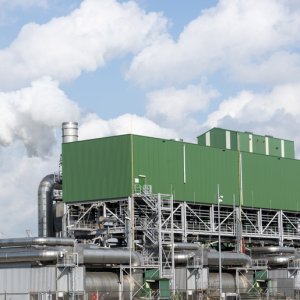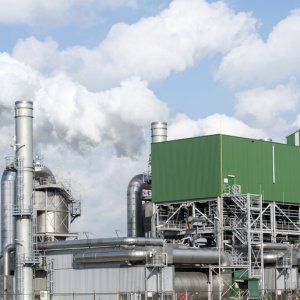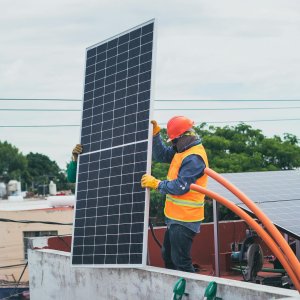Natural Gas: A Transitional Energy on the Road to Sustainability

STORY INLINE POST
Q: Why should the automotive industry turn to vehicular natural gas and how is AMGNV promoting its adoption in Mexico?
A: Mexico has over 50 million vehicles in the country, so it will be hard to transition to natural gas in a short period of time. Internal combustion engine (ICE) vehicles will prevail in the market for some time because there is no infrastructure to fully supply the market with fuel alternatives. There is a trend to transition toward clean energies, including electric or hydrogen vehicles, but this transition will take a long time, which is where transitional fuel energies, such as natural gas, come into play.
AMGNV focuses on developing the elements required to accelerate the transition to natural gas. There is interest from the main automakers and the automotive industry to popularize the use of natural gas vehicles.
Q: What role does vehicular natural gas play in the transition toward safer, less expensive and cleaner transport?
A: Natural gas will be especially important in the short and medium term. Natural gas vehicles show a sharp difference in emissions compared to ICE vehicles. Producing a liter or a gallon of gasoline or diesel is also a complex process, while producing natural gas is a much simpler and less expensive process. An electric vehicle will never be less expensive than a natural gas alternative, at least with the existing technology.
We must promote all sustainable energies until we reach a point where there is the necessary infrastructure to meet the country’s energy needs. At the moment, the infrastructure is not mature enough to ensure coverage of service.
Q: Who are the main players within the natural gas ecosystem and what role does AMGNV play in their integration?
A: A: This alternative fuel requires the development of technology for its use, so we are working with many players in the automotive industry, including manufacturers of buses, trucks and equipment, maintenance workshops, natural gas compressor manufacturers, infrastructure builders, financial institutions, natural gas distributors and others technology developers building the accessories to convert traditional ICE vehicles to natural gas. The key is to have the participation of the government because the transition involves many extensive and complex requirements that lead to long waiting times to gain regulatory approvals.
We are constantly trying to enforce communication with the government and to receive their feedback. The government is an essential actor that will allow the acceleration of the decision-making process.
Verification units are responsible for evaluating and regulating the quality of these vehicles and ensuring they comply with regulations. They are similar to a middleman between the government and users and simultaneously help the development of the industry.
Q: What is the current role of natural gas in Mexico’s energy mix?
A: Mexico imports about 70-80 percent of the natural gas it consumes from the US. Luckily, Mexico buys natural gas from one of the least expensive sources in the world. The natural gas that comes from the US already complies with the Mexican Standard 01, which establishes the characteristics that natural gas must adhere to for its use by the general public.
Natural gas represents a large opportunity for Mexico. The country is expected to find and explore new markets, especially in exporting gas from the US to the European and Asian markets after undergoing a liquefaction process in Mexico.
Mexican Vehicular Natural Gas Association (AMGNV) works with players across the private and public sectors to promote the use of natural gas as a cleaner, safer and more economically viable fuel.








 By Antonio Gozain | Senior Journalist and Industry Analyst -
Tue, 10/04/2022 - 12:00
By Antonio Gozain | Senior Journalist and Industry Analyst -
Tue, 10/04/2022 - 12:00
















